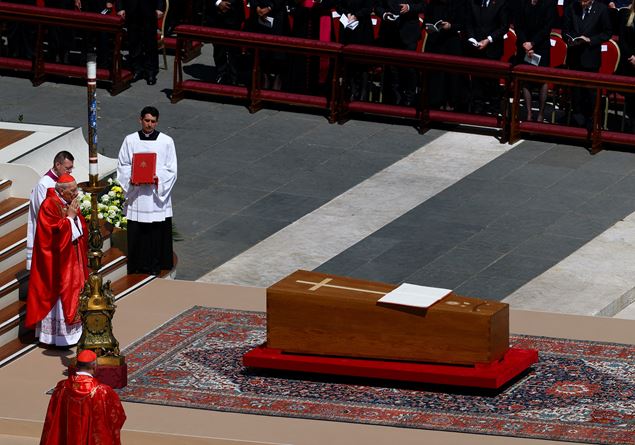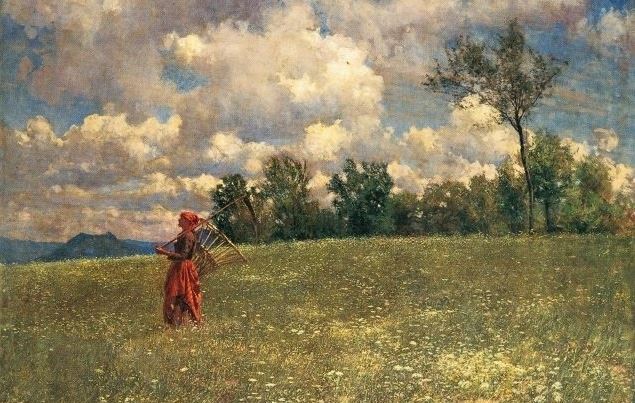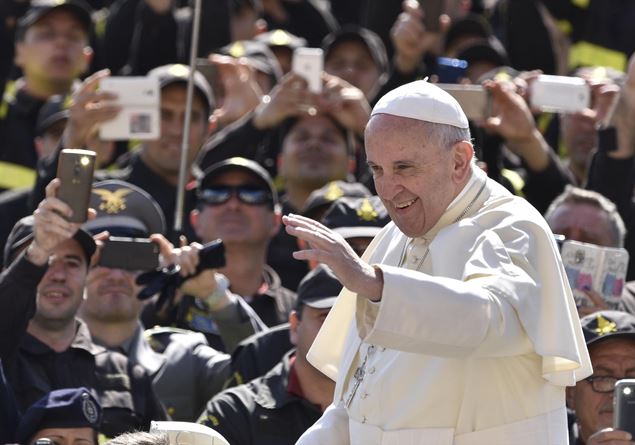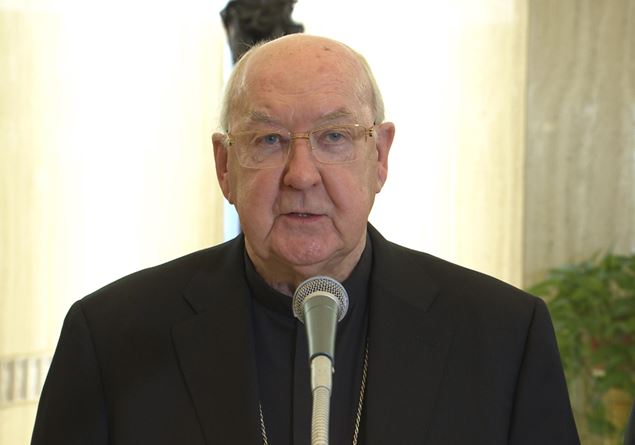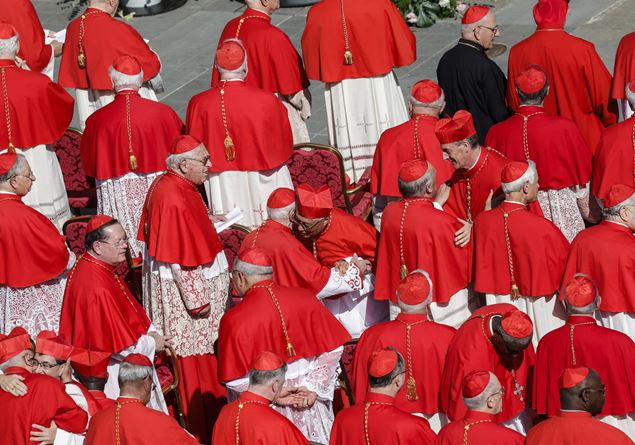Until April 6, Novara Castle, in recent years the scene of different valuable exhibitions dedicated to nineteenth -century painting, hosts Reality impression symbol, landscapes from Migliara and Pellizza da Volpedo. With Over seventy works exhibited by public and private collections, of 36 artists between Liguria, Piedmont, Lombardy and Switzerland, the review, edited by Elisabetta Chiodini, guides the visitor to discover the evolution of a genre exploded right in the 19th century with the landscape as an autonomous subject and which in one hundred years has changed skin several times: the forgotten, transparent air of the views of Canella, which does not obscure the graphic precision of the distant details, progressively we move on to more subjective visions that the review documents through nine sections, by the romantic naturalism influenced by the experiences of the Alps, to the impression painting that finds light and unique suggestions in Fields by Giorgio Belloni (photo) and in the landscapes also urban of Moses Bianchi and the first Giovanni Segantini, where the brush stroke is destroyed while the details are disruptive by approaching the canvases, to be prodigy of details detailed by the light in the vision from afar.
It is the era in which the painting en plein air is expressed that in France has made the fortune of the Impressionists. As the exhibition is followed, the technical artistic path leads to divisionism, an Italian movement of the end of the century, which re -elaborates the concept of French Puntinism, contaminating it with the symbolism: very short brushstrokes of juxtaposed colors pure they break up the image on the canvas, leaving the retina of the observer the task of visually recomposing it: the result is the master’s art of the last Giovanni Segantini (his work Noon on the Alps1891, which gives the image to the poster and the cover to the catalog (mets, art paths, 35 euros) of Giuseppe Pellizza da Volpedo of which the exhibition exposes the masterful albeit youthful On the barna work born from a light suggestion light-shadow: “I mounted one day on the barn called by my father,” writes Pellizza. «The dark barn and the strongly enlightened landscape impressed me: it was a moment: I decided to make it a picture. Except that I had to make him interesting with some human fact; This could only be sad ». Thus was born the scene of the viaticum to the dying worker, almost imperceptible in the shadow in the backlight.
At this wide historical artistic path along a century we witness we walking for the exhibition in which you cross a century, quickly, with a suggestive time-lapse effect, that digital process that allows you to show in a few seconds the maturation of a fruit, blossom of a flower, the growth of a tree. It is precisely this effect of witnessing an evolution through a rich selection the most interesting side of this exposure in which the landscape declines in different looks until it reaches very high peaks of great suggestion: among these certainly at the end of the route The kite Of Carlo Fornara (1902) In which pastel colors and horizontal brush strokes succeed in the prodigy of painting, with an amazing synaesthetic effect, a freezing north wind.
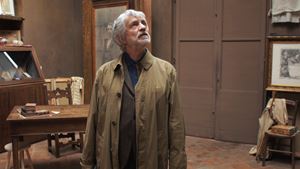
Pellizza da Volpedo, the documentary
In conclusion of the route, a video shows an extract from the documentary Pellizza, painter from Volpedo, Pellica painter from Volpedo by Francesco Fei with Fabrizio Bentivoglio, produced by Apnea Film with the participation of Mets art paths and previewed in the last Film Festival of Rome. In cinemas on 4 and 5 February. Through the narrative voice of Fabrizio Bentivoglio who guides the viewer in the House of Museum of Pellizza and along the streets of Volpedo who have been the backdrop to the artist’s work, the documentary retraces, since the years of the studies, the early artistic maturation of the painter Piedmontese, who even disappeared young, represented a milestone for the social background of the nineteenth century, of which the Fourth state It has become a planetary symbol, but also of a unique way of representing the nature between reality and symbol of which it is an exemplary model The mirror of life. The docu-film is an opportunity to grasp the context in which the artist has formed, to get an idea of the technical-expressive path, but also to reconstruct its evolution and appreciate its awareness and innovative charge.


